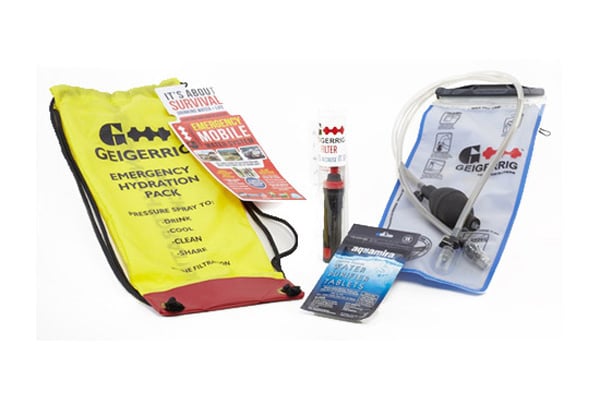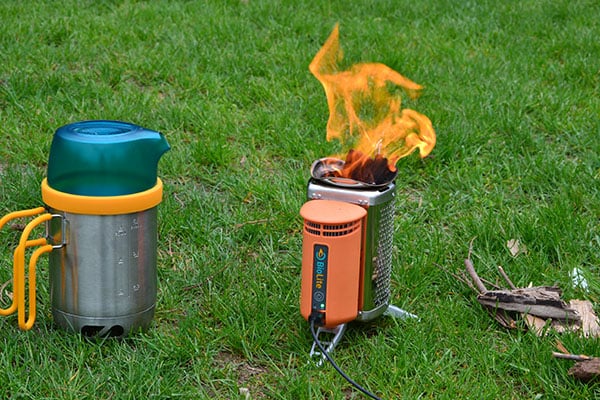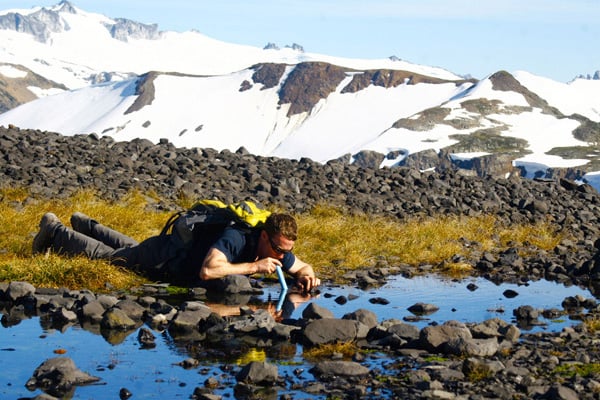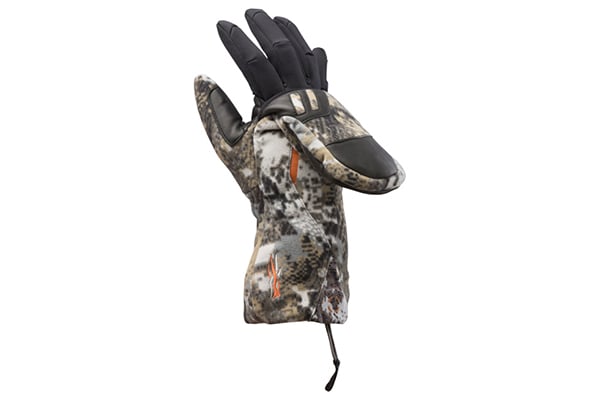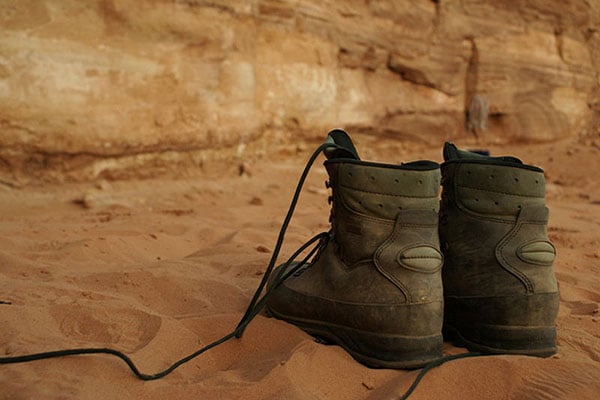Last Updated on
By David Link
I don’t have to tell you that water is the most important resource we have, and I’m sure that most if not all of you have heard that you can survive at least three or more weeks without food, but you can only go three days or so without water. Water makes up 65% of the human body, so it’s definitely something you can’t go without very long.
Drinking water out of a natural source has always been a tricky venture, even when the majority of rivers and lakes weren’t polluted like they are today. Our ancestors had built up tolerances to many different bacteria and parasites that would make us immediately sick today, but even then there was always a chance that an imbalance in the water could make you ill or even kill you in extreme circumstances. However, there were still ways to evaluate the safest places to drink, and fast moving water and a good establishment of plants that would filter the water were the best two indicators of safe drinking water.
As we’ve made the transition to civilization, many of us have lost our natural immunities to bacteria and parasites in natural water sources. But that hardly matters anymore since man-made chemicals in water pose an even more dangerous threat than bacteria and parasites. But there are still ways to drink from natural sources without putting your life in danger, and a water filtration device should be viewed as a must-have item for anyone’s bug out bag, survival kit, or camping setup. Let’s examine what can be in water that might make you sick and the different ways you can prevent sickness while drinking from potentially contaminated sources.
Contaminates / Parasites Found In Water
Giardia
One of the most common culprits that cause sickness when contaminated water is ingested, Giardia are parasites that reproduce rapidly once established in the small intestine of an organism. When you ingest Giardia, it can take up to two days for signs of infection to appear. Once they do, you can be in a world of trouble with intestinal pain, diarrhea, nausea, and dehydration symptoms. Most cases of infection can last between 2-6 weeks, but aside from the inconvenience of prolonged discomfort if you’re able to treat it with medicine quickly, Giardia infections should be avoided at all costs since in rare circumstances it can cause a permanent condition.
Cryptosporidium
Cryptosporidium is another common parasite that attacks the digestive tract, and the hard shell of these parasites makes them difficult to kill with some treatment techniques like chlorine. Crypto symptoms usually appear after a week or less after infection, and for most, time and rest are the best method for treatment. Those infected with Crypto may have to battle symptoms for up to 30 days.
Shigella
One more parasite that causes an intestinal infection is Shigella. Once again symptoms show up two or so days after infection, and diarrhea is the most common symptom that people experience. This is another parasite that the immune system fights over time, and those infected may have to battle symptoms for around 7 days for the infection clears up.
E.Coli
The final common waterborne illness to be aware of is the E.Coli bacteria. There are many different strains of this bacteria, and while some occur naturally other strains can make you violently ill. Symptoms are similar to the other infections listed above and include diahreaa, vomiting, and stomach cramps. While some E.Coli infections can be mild and only last a week, other infections can be life threatening, and E.Coli should always be considered a significant threat.
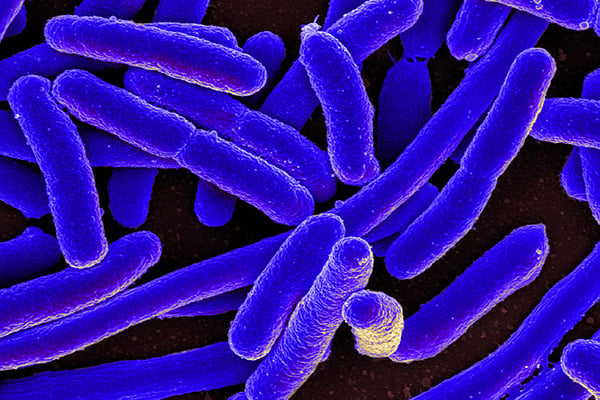
Other Threats
The list of potential threats that can be found in natural water sources hardly ends with the four listed above, and there are numerous other parasites, protozoa, and microsporidia to worry about. Suffice it to say that drinking from a natural source without treating the water will always be a risky venture no matter where you are. Think that crystal clear mountain stream is safe to drink from? What you don’t know is that miles up stream a deer carcass is rotting in the stream and contaminating everything down stream. Always assume rivers, streams and lakes are unsafe to drink from and have several options for water filtration at hand.
Water Filtration Devices
The majority of water filtration devices for outdoor purposes are aimed at killing the bacteria and parasites listed above. There are several different ways water can be filtered, and here are many of the most popular methods:
Boiling Water
Boiling water will always be one the of the best methods to kill all bacteria and parasites to make water safe to drink. The problem with boiling water is that it requires you to stop, set up a fire or portable stove, boil the water, and then let it cool before you are able to drink it. There are smaller portable or jet boil stoves that can accomplish this fairly quickly, but this is not a good method for water filtration if you are in a hurry or can’t stop for an extended period of time.
For a good example of a small campstove, check out our review of the BioLite CampStove.
Gravity Filters
Gravity filters use the natural gravity of the earth to pull water from a top reservoir or bladder through a filter into a lower “clean bladder” or reservoir where safe to drink water is stored until it is needed. The drawbacks of a filter system like this is that it requires time for set up and filtering, therefore this system should be considered more of a camp setup and less of an “on the fly” water filtration system. These systems can consist of just one “dirty bladder” and a spout that is on the other end of the filter. Systems like this will require a container to hold the filtered water like a pot or water bottle.
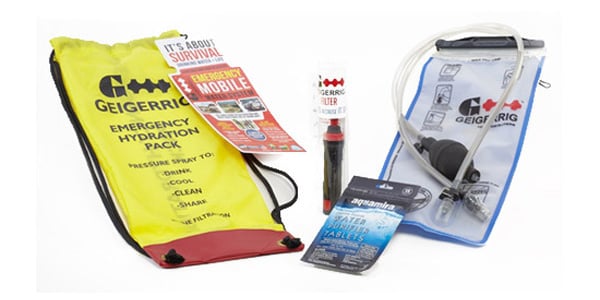
Water Purification Tablets
Water purification tablets are another popular method, and they dissolve in water containers to kill parasites and bacteria similar to effervescent tablets. The real advantage of tablets is that they offer pre-measured purification based upon a given amount of water. So if you combine a water tablet with the appropriate size water container, then all you have to do is fill the container up and add the tablet.
UV Pens
Ultraviolet pens are a newer method of water purification, and they utilize UV rays to kill parasites and bacteria. Typically UV pens are small scale options that are used with a water bottle or smaller container. Generally you turn the pen on and stir it in your water bottle for around one minute until all the bacteria and parasites are killed.
Personal Water Filter
One last option is a personal water filter best illustrated by the Lifestraw device. Personal water filters will filter bacteria and parasites, but they are not approved to filter heavy metals or viruses. Personal water filters are best used in natural settings like forests or mountains, but their lightweight design ensures you can drink quickly and keep moving without any setup time.
A Word Of Caution
Water pollution studies are on-going, and there is evidence that much of our water sources are now contaminated from pollutants like arsenic, fluoride, chromium, lead, and various other carcinogens. Filters can protect against some of these pollutants like lead particles, but it is rare that you’ll find a filter that is prepared or designed to prevent contamination from all of them. Selecting water from fast moving sources is always key, and avoiding any stagnant water sources or industrial run-off will be key to keeping you and your family healthy should you need to drink from a natural water source. One last word of advice, get a large aqua container and bring plenty of fresh water whenever you head out on a camping trip. You can never pack enough water, and that is something that will never change.
E.Coli image courtesy of Wikimedia Commons.
